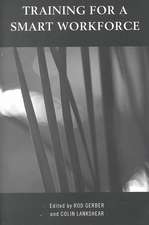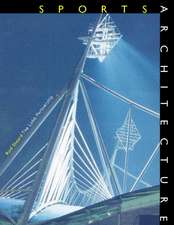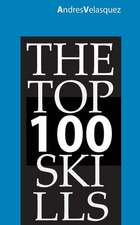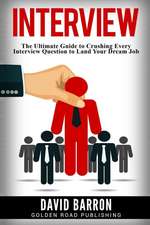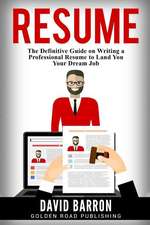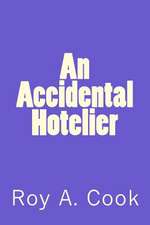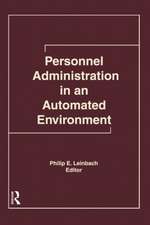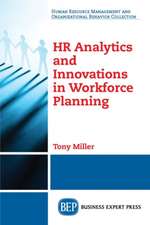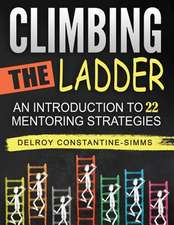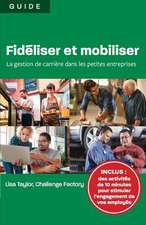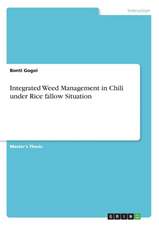Safety Can't Be Measured: An Evidence-based Approach to Improving Risk Reduction
Autor Andrew S. Townsenden Limba Engleză Hardback – 27 aug 2013
| Toate formatele și edițiile | Preț | Express |
|---|---|---|
| Paperback (1) | 239.26 lei 6-8 săpt. | |
| Taylor & Francis – 14 oct 2024 | 239.26 lei 6-8 săpt. | |
| Hardback (1) | 997.77 lei 6-8 săpt. | |
| Taylor & Francis – 27 aug 2013 | 997.77 lei 6-8 săpt. |
Preț: 997.77 lei
Preț vechi: 1216.79 lei
-18% Nou
Puncte Express: 1497
Preț estimativ în valută:
190.98€ • 207.52$ • 160.53£
190.98€ • 207.52$ • 160.53£
Carte tipărită la comandă
Livrare economică 21 aprilie-05 mai
Preluare comenzi: 021 569.72.76
Specificații
ISBN-13: 9781409453116
ISBN-10: 1409453111
Pagini: 200
Dimensiuni: 138 x 216 x 18 mm
Greutate: 0.38 kg
Ediția:Revised
Editura: Taylor & Francis
Colecția Routledge
Locul publicării:Oxford, United Kingdom
ISBN-10: 1409453111
Pagini: 200
Dimensiuni: 138 x 216 x 18 mm
Greutate: 0.38 kg
Ediția:Revised
Editura: Taylor & Francis
Colecția Routledge
Locul publicării:Oxford, United Kingdom
Public țintă
AcademicNotă biografică
Andrew Townsend had degrees in chemical engineering and safety management. He spent most of his active working life with Esso Petroleum as a construction engineer and project manager in petro-chemical complexes. Townsend also carried out in-house research at Esso and later ran his own health and safety consultancy and acted as a safety auditor. Medical retirement brought a premature end to his active career in industry. He returned to study and research, subsequently being offered the opportunity to undertake a research PhD at Southampton University School of Management. Andrew Townsend's particular approach to blending experience and learning was applied and tested during his time as a member of a national ski coaching team and whilst crewing racing yachts.
Cuprins
Chapter 1 Victims and Death and Illness in Context; Chapter 2 Who is Who in Occupational Health and Safety; Chapter 3 Numbers and Meanings; Chapter 4 Health and Safety Law and Its Enforcement – Chimera or Ogre?; Chapter 5 The Concepts of Risk, Reasonably Practicable and Reasonably Foreseeable; Chapter 6 History of Accident Causation Theory; Chapter 7 Exploring Large Organisations – To Fear or Not to Fear?; Chapter 8 Health and Safety – A Profession under Scrutiny; Chapter 9 Paradoxes and Dilemmas; Chapter 10 Alternative Ways of Thinking; Chapter 11 Conclusions; Chapter 101 Afterword;
Recenzii
’A pithy introduction to the problems many people are encountering in assessing their safety culture. Well-argued and extensively documented, Andrew Townsend makes a persuasive case why "safety can't be measured".’ Sidney Dekker, Griffith University, Australia ’...For all professionals responsible for assessing their companies’ safety culture, this book offers an extensively argued case on why safety can’t be measured.’ Continuity Insurance & Risk ’It’s a rare treat to come across a real tub-thumper of a book - but that’s what Andrew Townsend has produced... This is a book written with zest and vigour. It’s easy to read but poses difficult questions. Perhaps some enterprising safety professional will challenge their colleagues to read it and then discuss it. Now that would be a meeting I’d like to attend.’ The RoSPA Occupational Safety & Health Journal 'As a layman my expectation of this book was to find the subject boring. Health and Safety brought to mind the dangers of playing conkers. I had much to learn and read the book at two sittings, finding it engaging and enjoyable. The evidence is clearly presented and the conclusions convincing.’ David Dale, retired Land Surveyor, Ordnance Survey, UK
Descriere
Safety improvement has actually slowed to a standstill. In Safety Can't Be Measured, Andrew Townsend suggests the main reason is the failure to recognise the evolution in accident causation and to evolve with it. He contends that everyone is trying to continuously improve something in which improvement cannot be measured. What is measured is the absence of safety - through incidents, injuries and the occurrence of ill health. We cannot justify these ways and claim success by association, without admitting there might be other explanations. Through these short chapters, occupational health and safety is put in context by demystifying the research, regulation and management of health and safety. Using evidence, Townsend challenges orthodox dogma, demonstrating that currently unused data could help deduce how safety really works, and thus support alternative thought processes from which new approaches to risk reduction and safety management could emerge.


